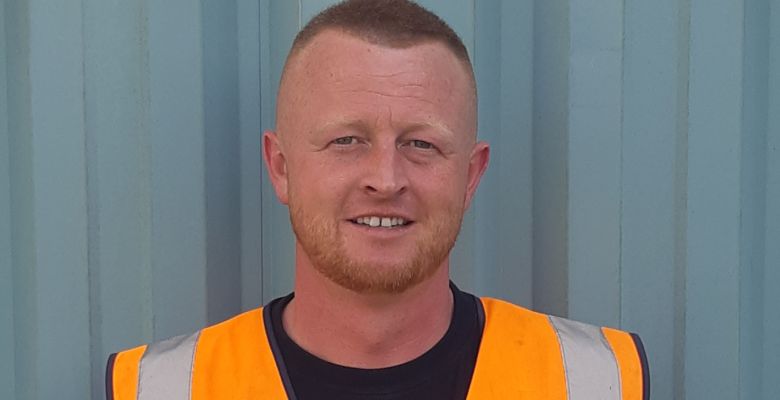10th August 2022
“No one day is the same and some of the places we get to see are beautiful” says Mark Archer on his typical day as a Mobile Fitter.
Mark has been a fitter at Selwood for 4 years, and he enjoys the work he does, especially the jobs that take him to “canals, reservoirs and even sewage treatment works!”
Pre and post-hire process
You’ll often find Mark in the yard servicing and repairing pumps, or on site with a customer.
When a customer enquiry comes into the hire desk, the Foreman will task the fitter to carry out a post or pre-hire. This means servicing the pumps when a job is complete and getting them ready to go out on a new one.
Mark will carry out “post-hire inspections checking fuel level, check for damages and correct, ensuring everything working as it should. Then a pump goes into a pre-hire stage, which is a more in-depth check before it can go out to a customer.”
Each stage of the post and pre-hire process is logged into the Selwood tablet system together with photographs which will be reviewed by the Foreman against a number of different qualifying criteria. This ensures each task is completed to the highest possible standards and the fitters don’t run into any problems down the line.
“When we’re happy with the pump, we sign it off and it becomes available to the hire controllers to send out on its next job.”
Breakdowns and callouts
For me, it’s not always a nine to five job, we have an on-call rota which means we will occasionally be required to go out to site and repair a breakdown out of hours.
“Sometimes we can help the customer get the pump up and running over the phone, but quite often particular expertise and skill are needed to fix the pump, and that’s where we (fitters) come in.”
“We’re on call, so we might attend breakdowns during the day or at night. The majority of the time it is the fitter, a driver and the customer on site. But if it’s a bigger job, it may require two fitters.”
Mark says he “carries enough spares to get a pump going – our vans are well stocked with the right tools so that we can fix the pumps first time”
Training and teamwork
Mark says a large part of the role of a fitter is the training.
“As a fitter in the trade, you know the basics and learn on the job, from a Foreman or experienced colleague, along with training provided by Selwood.”
As well as working closely with his colleagues and Foreman, Mark says Fitters need to communicate and work well with other departments.
“We also work across departments – mainly with the installations team. If we can get the pumps set up and ready to go, it makes their job easier. Likewise, if a pump sales customer requests regular maintenance, we will work with the sales team to ensure this is carried out and meets the customer’s expectations.”

